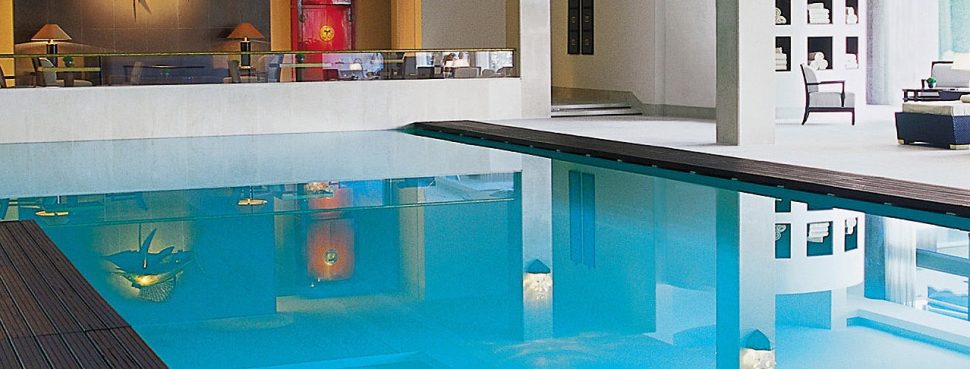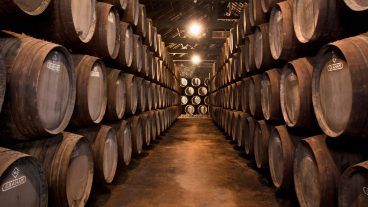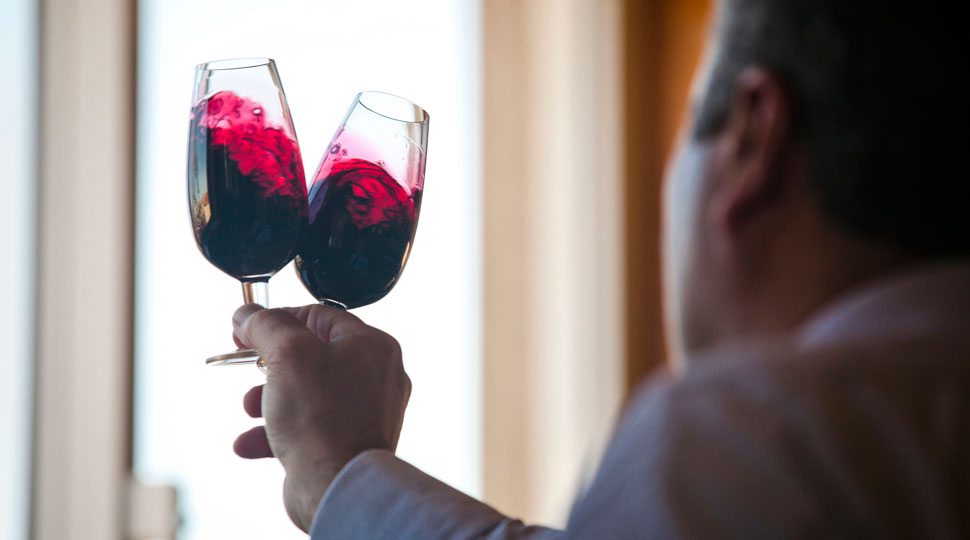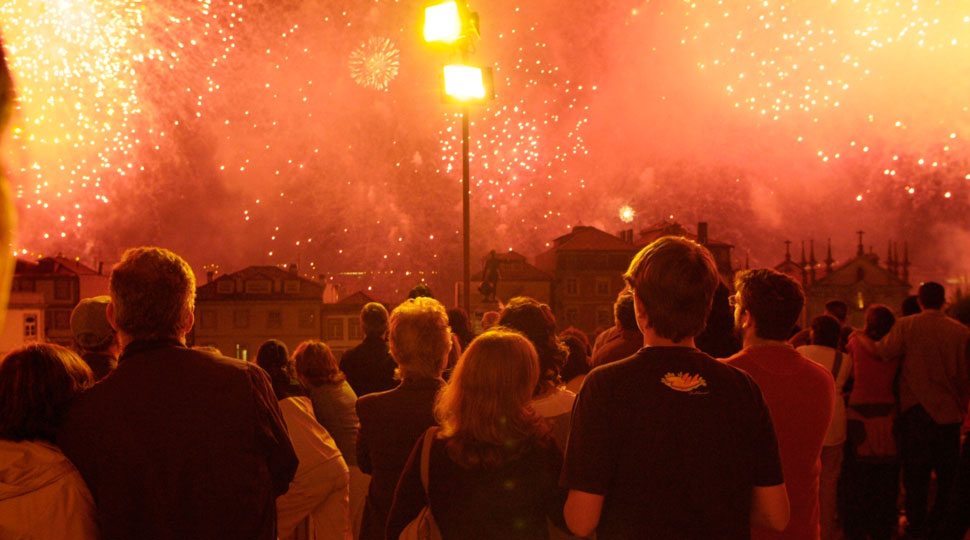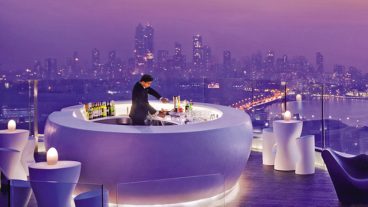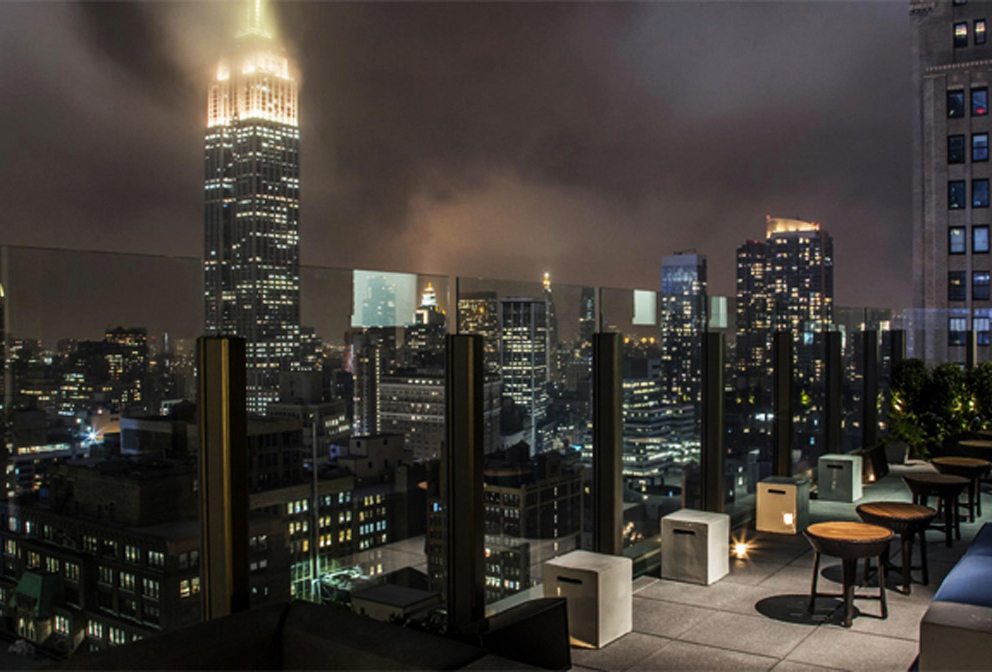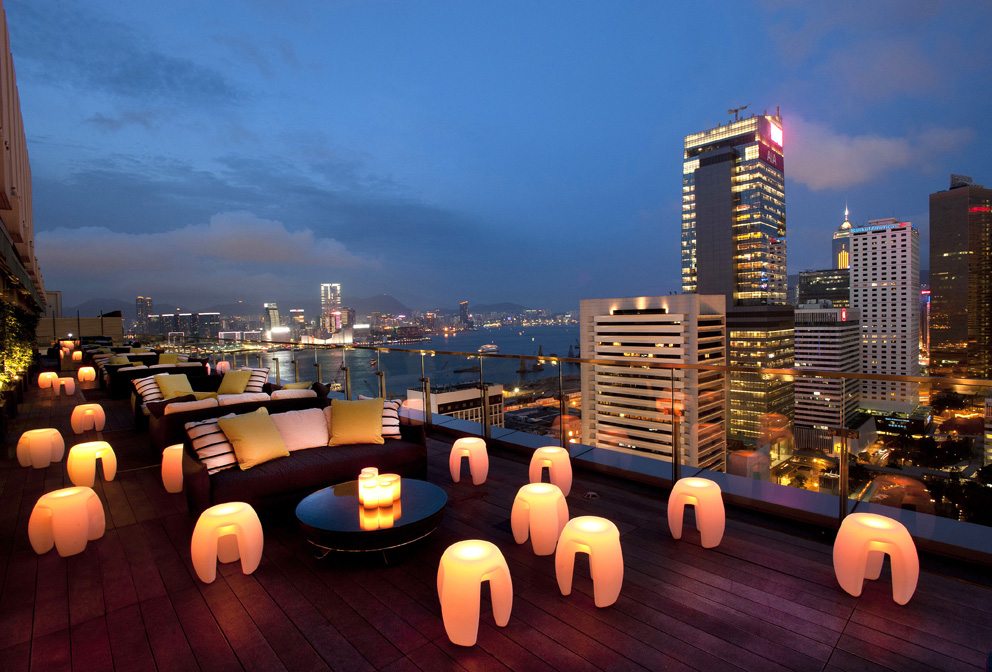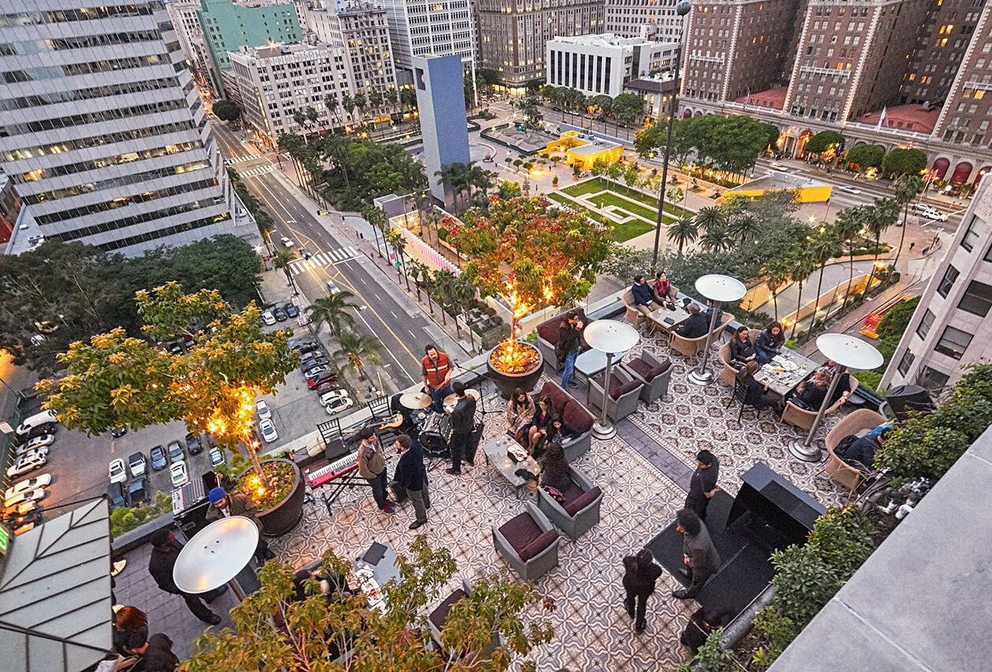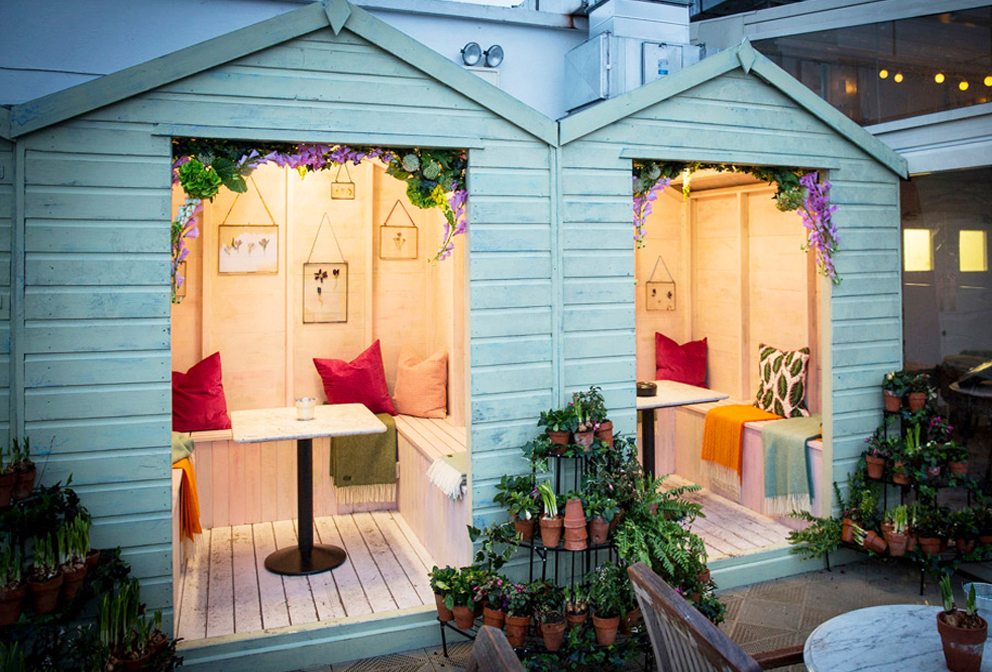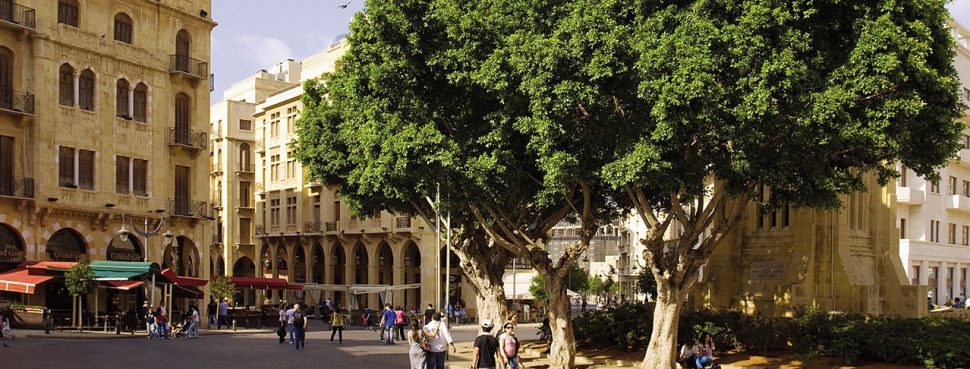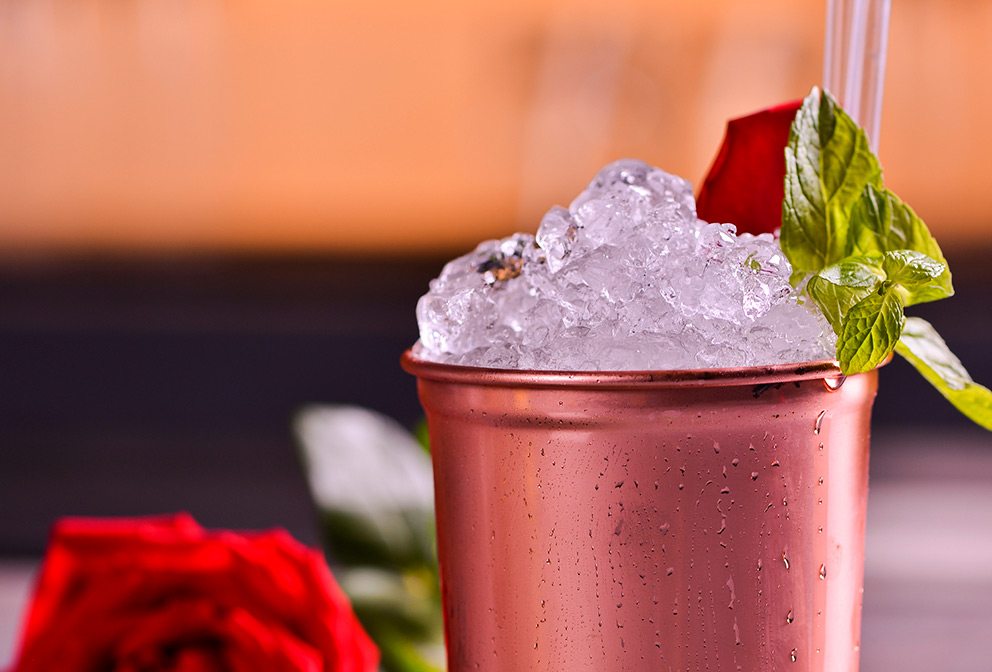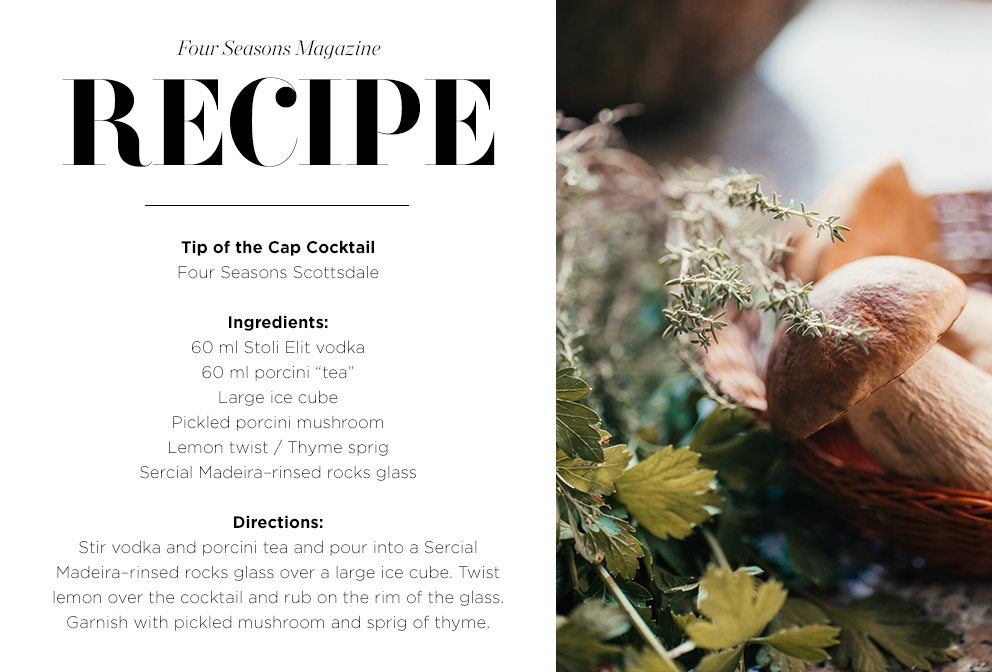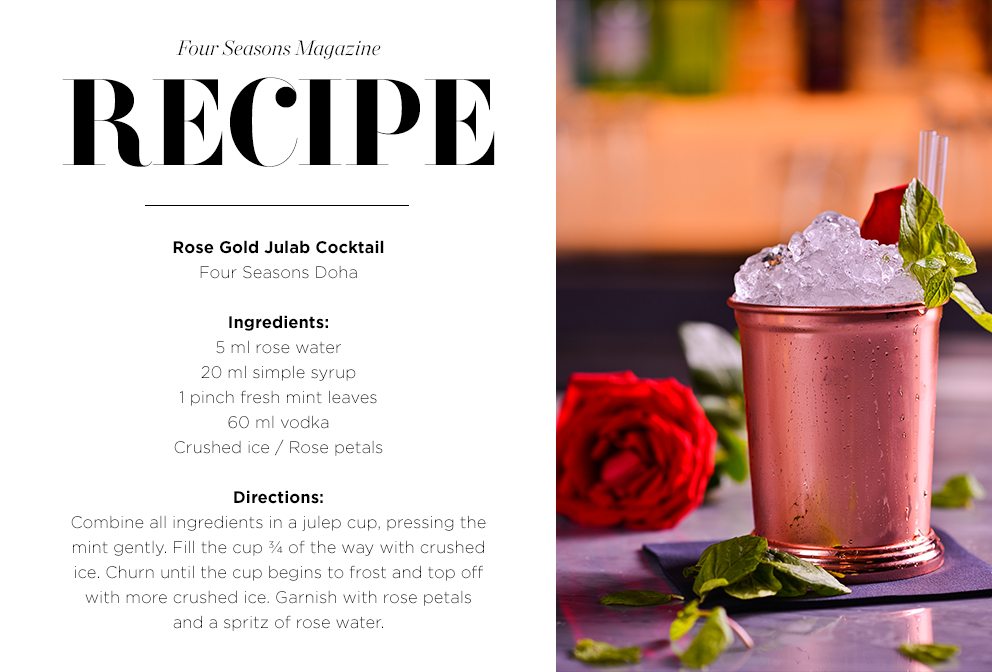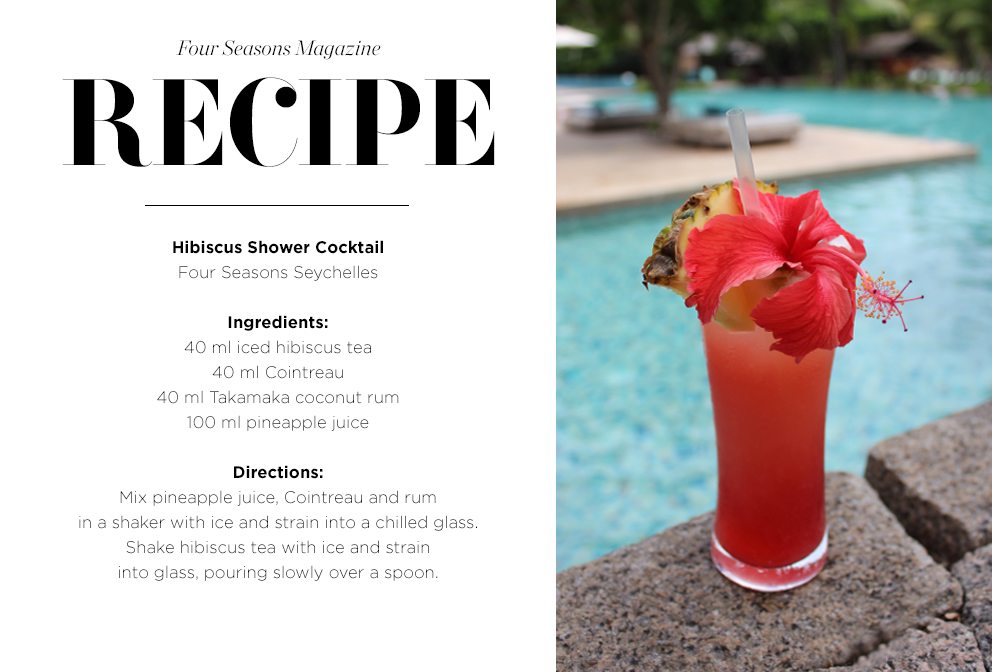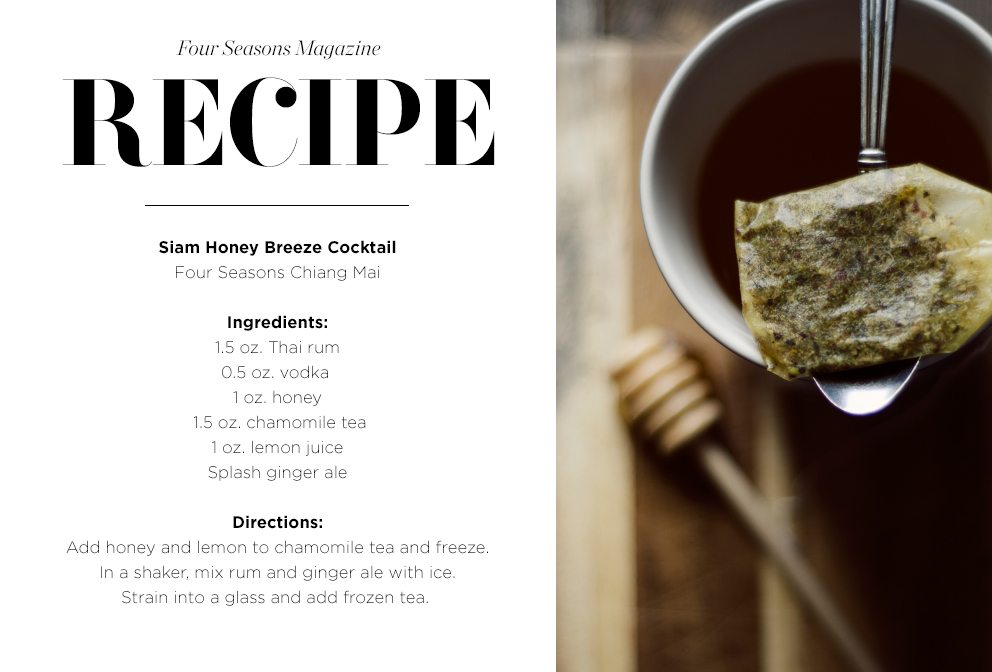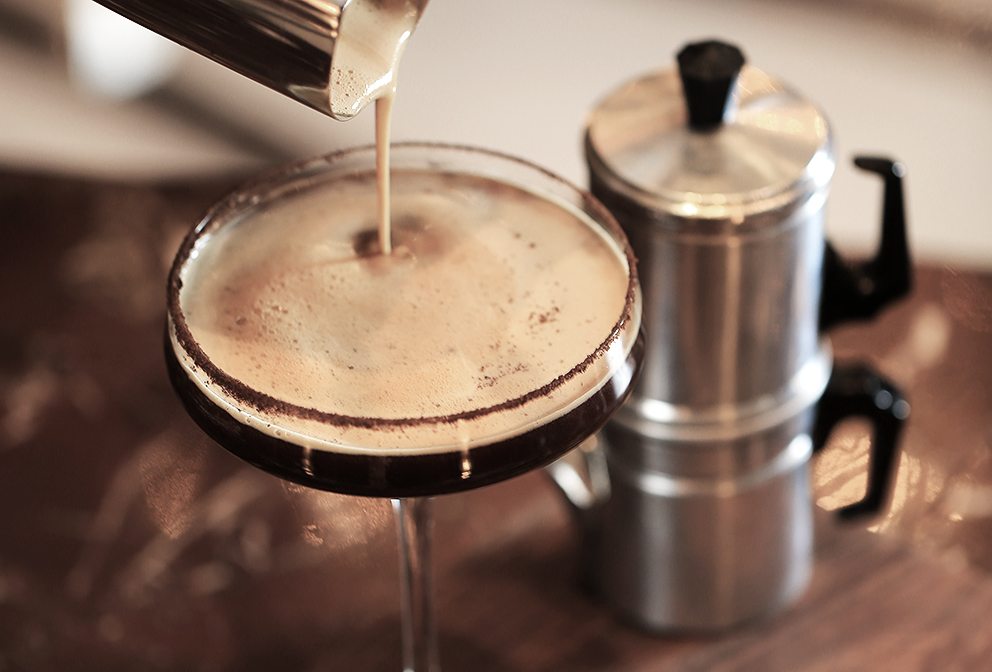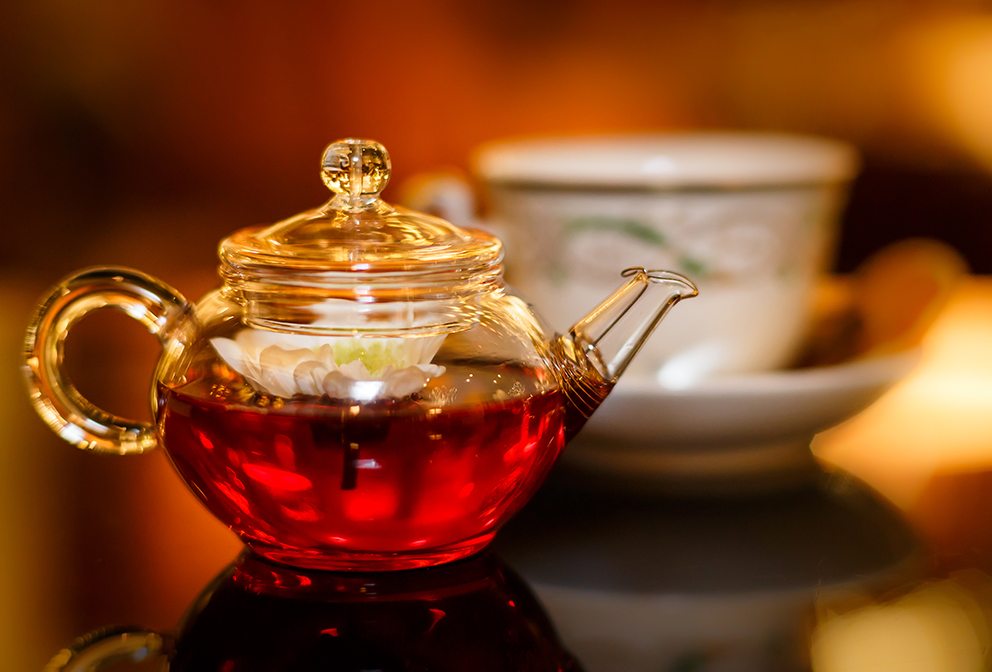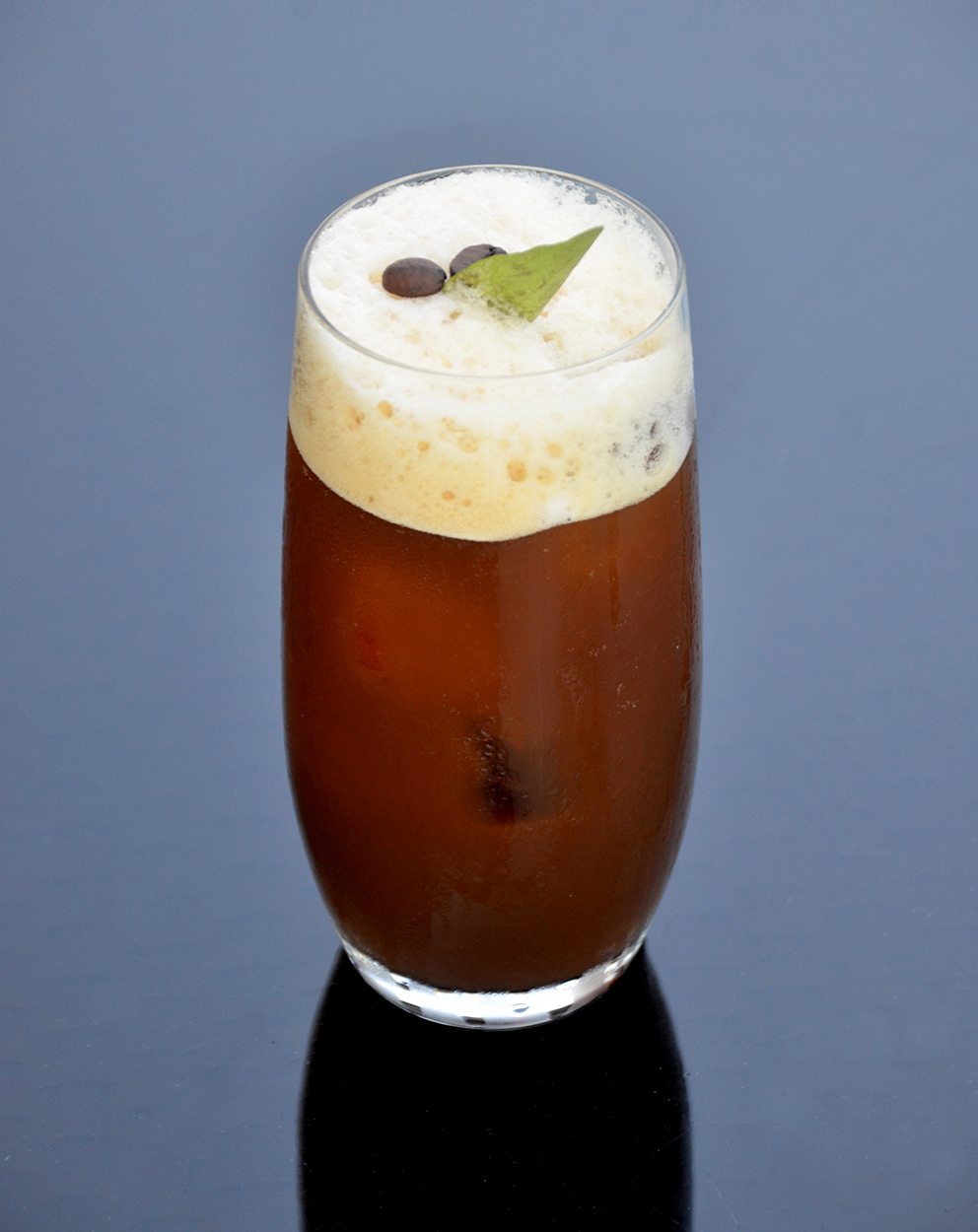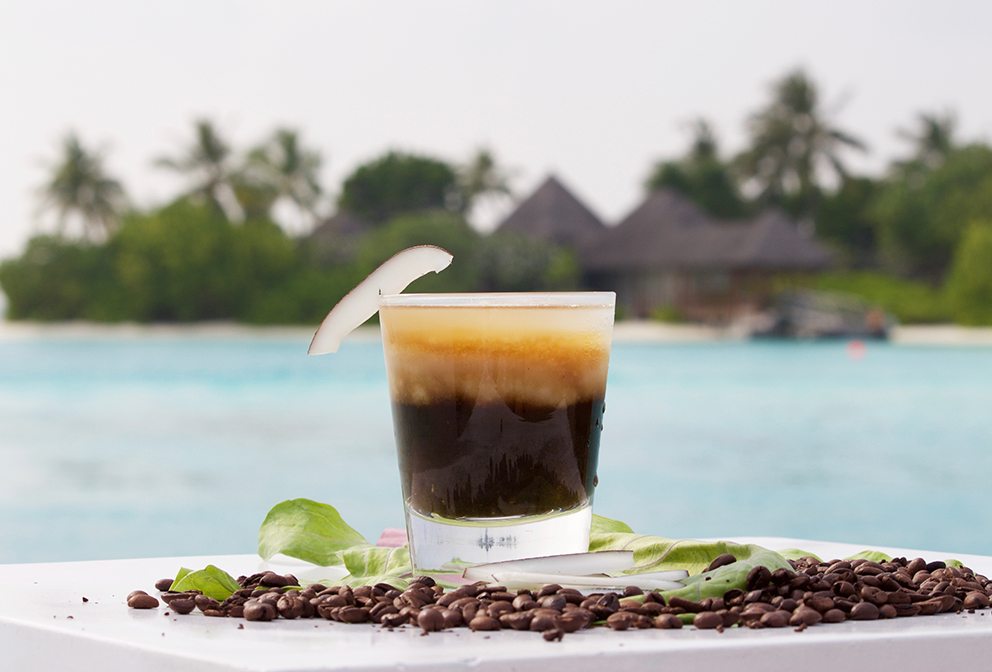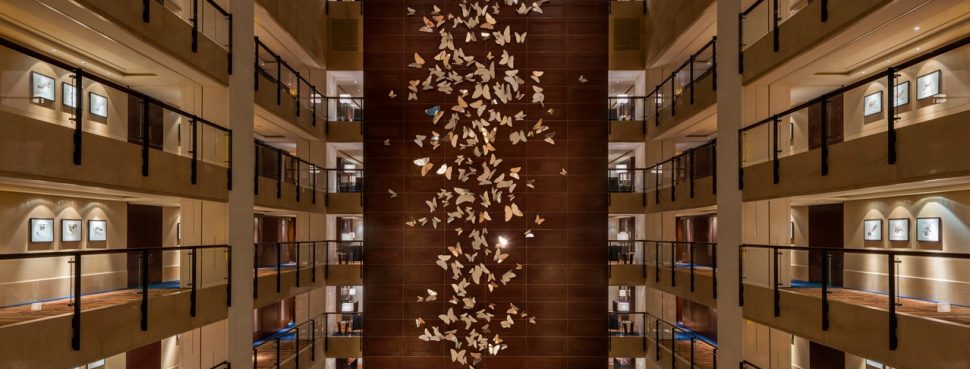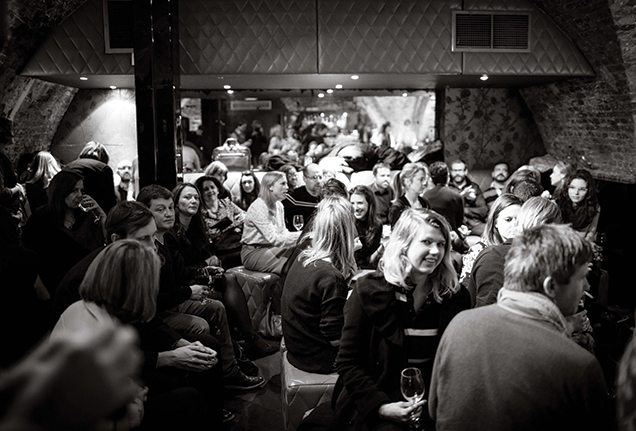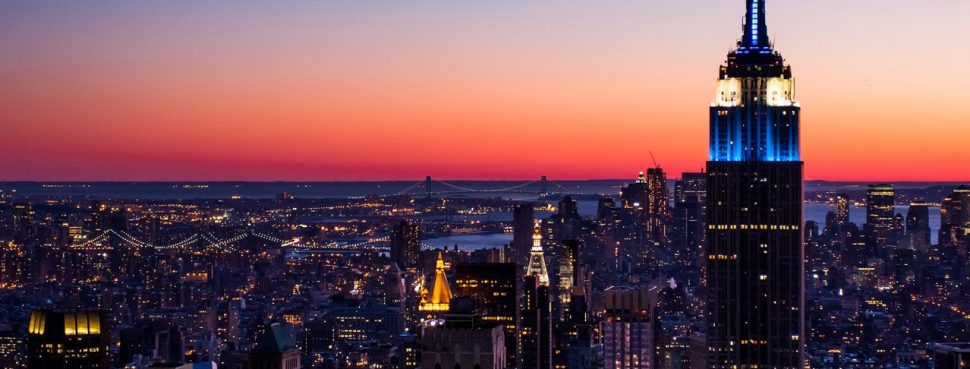As I sit down to write this column I have at my elbow a highball glass of ice, dry white port and tonic.
What, you might ask, is this travesty? Port is red, surely? Port is a sweet, old-fashioned after-dinner drink – not a refreshing aperitif. And besides, who ever heard of mixing it with tonic?
Well, Licínio Pedro Carnaz, for one. Carnaz is the sommelier at Four Seasons Hotel Ritz, Lisbon, and this white port concoction is one of the offerings at the Hotel’s Ritz Bar.
“It’s not well known,” he says, “but [it’s] one of our suggestions as an aperitif, and our guests get very surprised at it.”
The drinking of after-dinner port, vintage port, has been a ritual of the English cultured classes for centuries. In these less formal times, though, it’s a tradition that’s quickly evolving.
Millenials don’t have as many preconceived notions about port, so much more is possible. – James Tidwell, master sommelier at Four Seasons Dallas
“Today, the interest in port may not be the traditional ‘We’re going to open a 20-year-old vintage port,’ but [instead], in using port in different ways,” notes James Tidwell, Beverage Manager and Master Sommelier at Four Seasons Resort and Club Dallas at Las Colinas.
“If you’re talking to millennials about a wine that needs 20 years to be at its best, then you’ve lost them. Millennials are drinking it in any way that’s attractive and affordable.”
“But we do have a number of guests who are well-travelled and know wines from all over the world, and they tend to drink 10- and 20-year-old tawnies,” Tidwell continues. (Tawny port is long aged but in wood rather than the bottle, and has a nutty, mellow character.) “And baby boomers are drinking port in the more traditional styles – tawnies and LBVs [late bottled vintage, aged four to six years in wood] – after dinner and with desserts.”
Four Seasons Resort and Club Dallas at Las Colinas
A port primer
Port’s longstanding popularity as an after-dinner drink can be credited to its fortification: About halfway through the fermentation process, a dose of a neutral grape spirit known as aguardiente is added to the wine, both fortifying it and halting the fermentation before all the sugar has been converted to alcohol. The resulting wine is both stronger and sweeter than traditional table wine, and comes in several varietals:
- Vintage port is made in tiny quantities in only the best years and bottled after two years in 550-litre (145-gallon) traditional oak barrels called “pipes.” It then ages for 20, 30, even 50 years.
- Crusted port is a blend of different vintages, bottled young enough so it throws a sediment, like vintage port.
- Tawny port, long aged but in wood rather than the bottle, has a nutty, mellow character.
- Late bottled vintage (LBV) port, a single-vintage port bottled after four to six years in wood, offers some of the character of vintage port at a more modest price.
- Ruby port, a blend of young vintages, is fresh and fruity but lacks the complexity of older versions.
- White port is similar to ruby but is made from white grapes. It is best chilled, as an aperitif.
Preserving port history
Port has been produced since the late 17th century, and became popular in England when constant wars with the French cut off access to Bordeaux. The continuing English influence can be seen today in the prominence of brands such as Graham’s, Taylors, Churchill’s, Cockburn’s and Croft, all named for English founders, many dating back to the early 18th century. Members of the Taylor, Churchill and Graham families are still involved in the business today.
Many of these houses participate in an annual sailing race in the sleepy Portuguese town of Oporto (a three-hour drive from Four Seasons Lisbon) during the annual festival of São João (St John). The unusual barcos rabelos, emblazoned with their company names and logos, race upstream along the Duoro River – a nod to the route these boats once took to deliver the wine from the vineyards to the port lodges in Vila Nova de Gaia. With a flat bottom, no keel, and a long and heavy oar, these unwieldy boats are extremely difficult to control under sail.
“They were never designed as sailing boats, but we, in our infinite wisdom, use them as such, and as a consequence we sometimes have spectacular accidents,” says Dominic Symington of Symington Family Estates.
Four Seasons Hotel Ritz Lisbon
Evolving tastes
A century ago, English aristocrats may have imbibed only the best vintage port, but times have changed. Most in demand now, Tidwell says, are port coolers, chilled tawnies as aperitifs, and anything that’s experiential and accessible.
“Can people afford to drink mature vintage port on a daily basis? No. Can they go into a wine bar in Brooklyn and get a white port cooler? Yes. They can afford it, and it’s something they can understand.”
Adrian Bridge, CEO of The Fladgate Partnership, makers of Taylor’s, Croft, Fonseca and Delaforce brands, is seeing the same trend. “In the U.S., it’s the rapid growth in cocktails and punches, in on- and off-trade respectively, that has created the most excitement recently,” he says. “Barmen and mixologists are finding that port has a range of wonderful flavours that can be used in a number of cocktails.”
As drinking patterns change, port’s versatility and adaptability have become its strengths.
While he doesn’t sell much vintage port – the market for this rarity has always been Great Britain – Carnaz at Four Seasons Lisbon says the demand for tawnies and LBVs, in addition to remixes like the white port aperitif, remains steady: “We sell more LBVs because they are easier to drink, they are filtered [so there’s no sediment to worry about], they’re not so expensive, and they keep in good condition for a few days.”
Carnaz has observed another development in port drinking, one that would have shocked the practitioners of the old procedures. Now that Chinese people have discovered port – not surprising, he says, given their predilection for sweeter alcoholic drinks – “they like it especially with the Portuguese seafood dish arroz de marisco. It’s a very strange combination, but they love it.”
Your Journey Begins Here
Make sure your port tasting tour includes traditional varieties and new adaptations.
